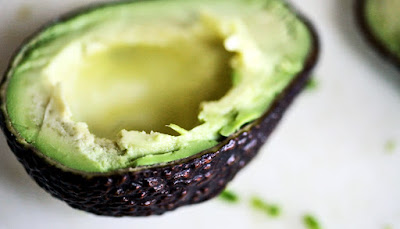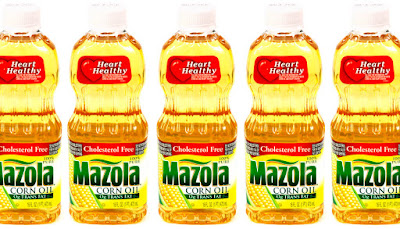WHY CERTAIN CHOLESTEROL DRUGS ARE SO HARD TO GET
A brand-new study shows that less compared to one-third of clients recommended a PCSK9 inhibitor—injectable medications designed to lower cholesterol levels—actually obtained the medication. Less compared to fifty percent ever before received authorization for the medication by their insurance provider.
But, after authorization, one in 3 clients didn't fill their prescription. Why? Sticker label stun. A quarter of clients had copays over $300 monthly for treatments that cost about $14,000 a year.
"This study basically reveals a system of rationing by obstructions," says Ann Marie Navar, aide teacher of medication at the Fight it out College Medical Research Institute and lead writer of the study in JAMA Cardiology.
pengertian dan mekanisme kerja menang slot
"ACCESS COMES DOWN TO PATIENTS WHOSE DOCTORS ARE PERSISTENT ENOUGH TO WIN PAYER APPROVAL THROUGH MULTIPLE APPEALS, AND PATIENTS WHO CAN AFFORD THE OUT-OF-POCKET COSTS."
"Access comes to clients whose doctors are persistent enough to win payer authorization through several charms, and clients that can afford the out-of-pocket costs."
Scientists evaluated a large data source of pharmacy claims that consisted of greater than 45,000 prescriptions for PCSK9 preventions. The medications work by obstructing a healthy protein in the liver called proprotein convertase subtilisin kexin 9 (PCSK9), triggering a chain of occasions that damages down LDL cholesterol, the "bad cholesterol" that causes cardiovascular disease.
The medications consist of evolocumab (brand Repatha) and alirocumab (brand Praluent). Amgen, Inc., which moneyed the study, produces Repatha.
The FDA approved both therapiest in 2015 for individuals with domestic hyperlipidemia (a type of very high cholesterol that runs in families) and those with established cardiovascular disease that have high cholesterol despite traditional statin treatment.
In the first year after the drugs' approvals, the scientists found that pharmacy benefit supervisors that regulate medication coverage for health and wellness insurance plans declined nearly 80 percent of doctors' prescriptions. Most of the demands (73.5 percent) were resubmitted, but just 47.2 percent eventually won authorization.
The average time in between initial entry and authorization had to do with 4 days, but some clients waited nearly 3 months for treatment.



